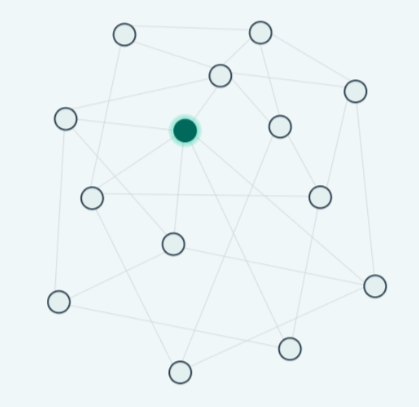.png?width=300&name=MIA_linear%20(1).png)
Additive Manufacturing vs Traditional Manufacturing: how the market is evolving
Download the E-book: "Analysis of the Lifecycle Stage associated with Additive Manufacturing technologies"
In recent years, there has been strong growth in the use of Additive Manufacturing in an ever-increasing number of industrial sectors.
Its evolution above all regards applicational settings, ranging from pure prototyping to serial production.
The comparison with traditional manufacturing systems
Additive manufacturing systems can be used to create complex, customised and high-performance parts.
3D printing is able to fabricate products that cannot be produced using traditional processes, as this type of system adds material where it is needed, thereby overcoming the limits in terms of form imposed by subtractive technologies.
There has also been an evolution in terms of the materials used: in addition to traditional plastics, additive manufacturing includes:
- metals
- various alloys (particularly aluminium, steel, copper and nickel-based alloys)
- advanced technopolymers
- ceramics
- Carbon- and glass fibre-reinforced polymers
- High-resistance resins
- Elastomers

The potential advantages for companies

Aside from the purely economic aspects, the advantages for the companies that choose Additive Manufacturing concern:
- quality of the items manufactured
- time-to-market
- advanced design for high performance
- sustainability
Download the e-book
"Analysis of the Lifecycle Stage associated with Additive Manufacturing technologies"

.jpg?width=1494&height=599&name=MIA_compact_RGB%20(1).jpg)